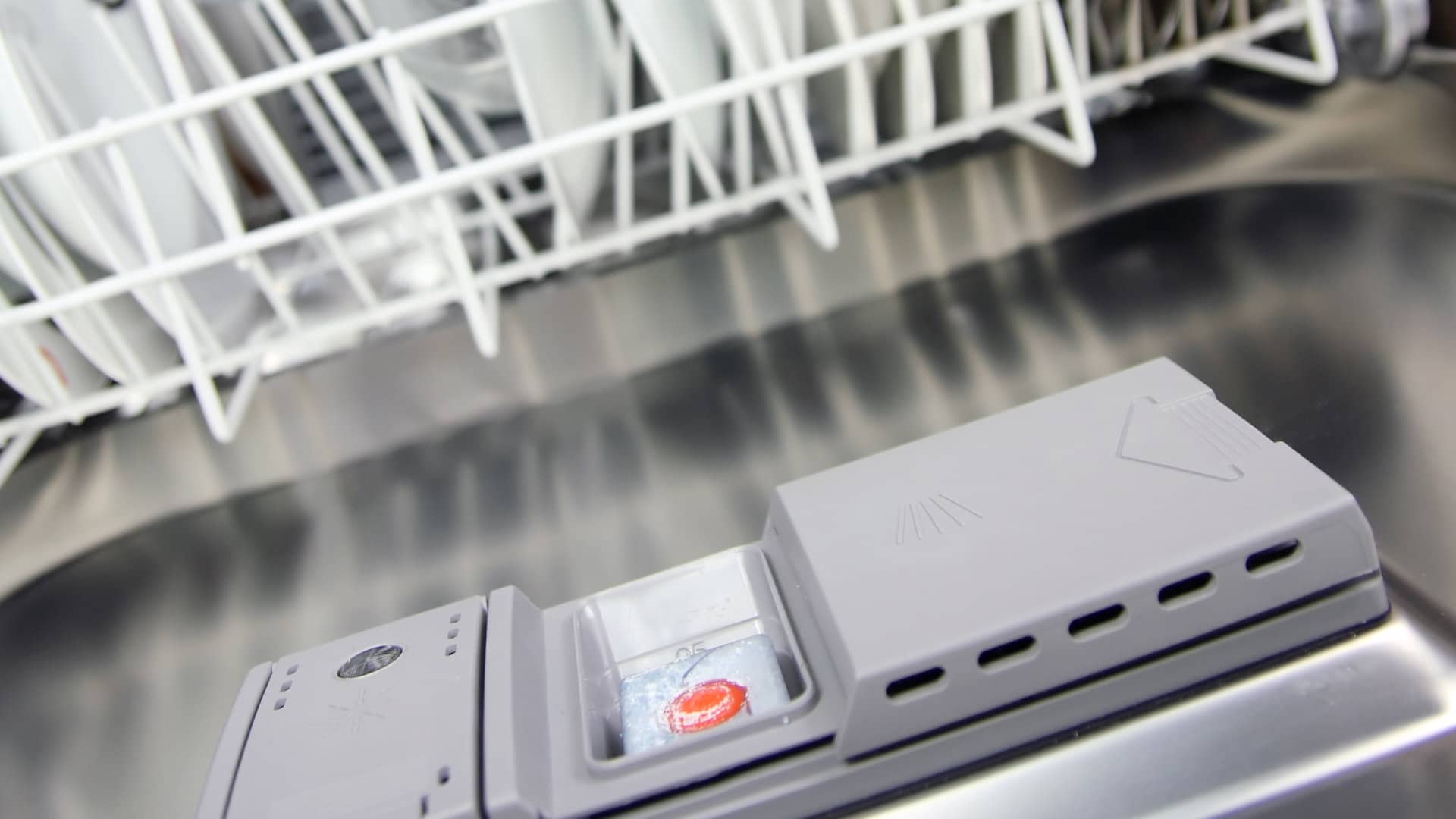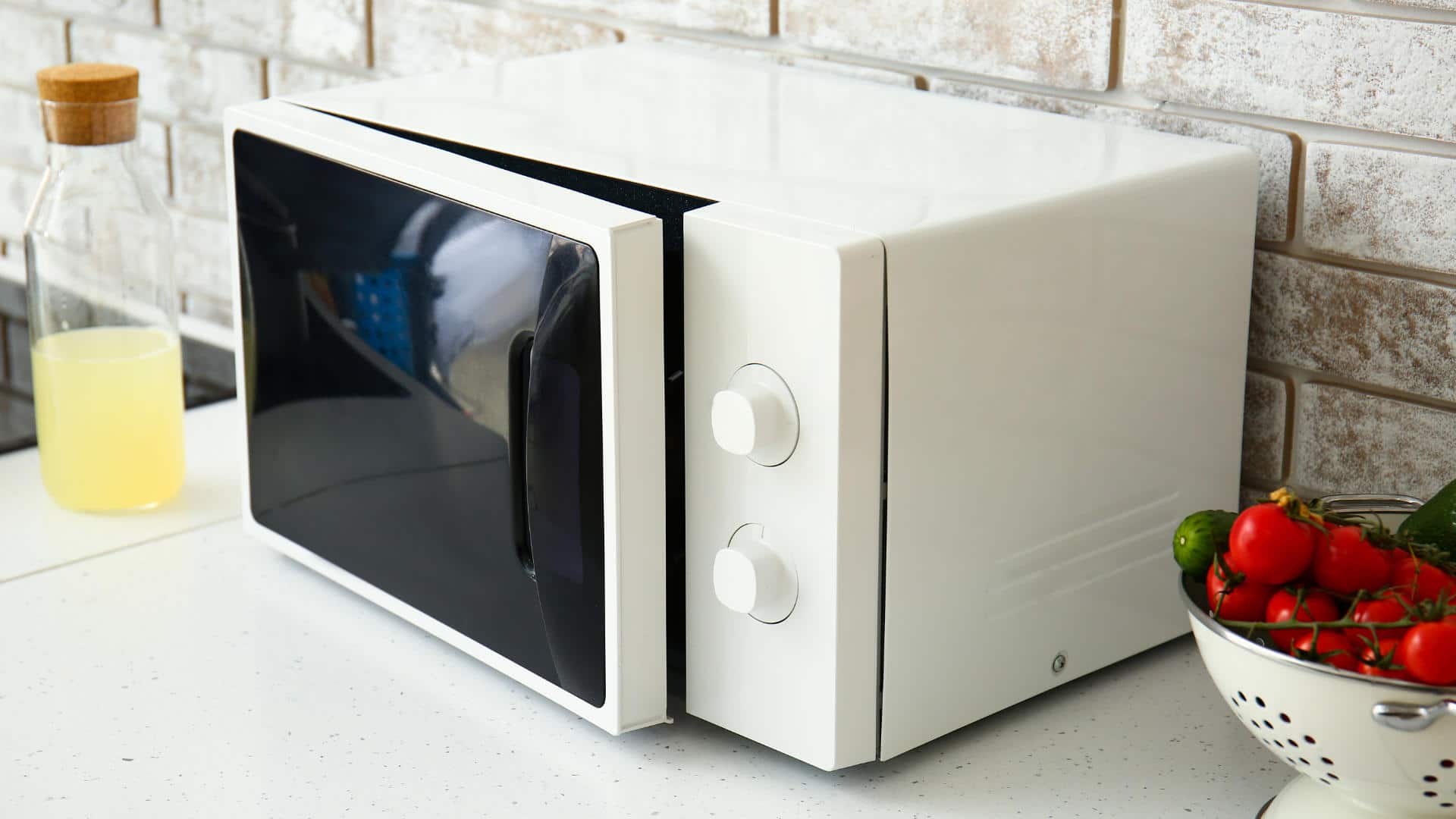
A sparking microwave will alarm most people, but there’s no need to throw out the microwave, as it can be fixed. A microwave uses a high level of electricity, which makes microwaves susceptible to sparking issues. Sparking microwaves are usually the result of metal fragments in the microwave or a problem with the waveguide cover. Both these problems are easily fixed.
The next most common reason for a microwave sparking is a faulty diode. While it is possible to fix this issue yourself, it is recommended that a trained microwave technician repairs your microwave. A microwave is a high-current, high-voltage device that requires extreme caution to be taken when repairing.
The microwave’s capacitor can store a lethal amount of electricity, even after the microwave has been disconnected from the power for several months. Before repairing electrical components of a microwave, such as the diode or magnetron, the capacitor must be discharged.
1. Worn Microwave Racks
If your microwave has a microwave rack, it may be causing the microwave to spark. Microwave racks contain metal that is covered in protective plastic to prevent sparking. If you have been using the same rack for a long time, the protective plastic covering may have chipped or worn off.
- Inspect your microwave rack for exposed metal.
- Replace your microwave rack.
2. Dirty or Damaged Waveguide Cover
Microwave sparking due to the waveguide cover is common among microwaves that get a lot of use. The waveguide cover in most microwaves is usually a small square panel you can see on one wall inside your microwave. The waveguide is responsible for transferring power from the magnetron, distributing the energy to cook your food.
If the microwave hasn’t been cleaned, food particles and grease on the waveguide can cause sparking in your microwave. The sparking is caused by the magnetron burning the food fragments stuck to the waveguide. The waveguide cover can also get damaged by frequent sparking. If the microwave is not heating your food properly, it can indicate that the waveguide panel is damaged. If the waveguide itself is damaged, it cannot be repaired, and you will most likely need to get a new microwave.
- Clean the waveguide cover. Make sure to keep the waveguide cover clean.
- Examine the waveguide panel for any damage.
- To replace the waveguide cover, make sure the microwave is disconnected from the power.
- Unscrew the waveguide cover.
- Clean the area.
- Screw in a new waveguide cover.
3. Faulty Diode
A microwave diode is responsible for high voltage that is used to power the magnetron that cooks the food. If your microwave is sparking and failing to properly heat your food, a faulty diode may be responsible. A burning smell also indicates a faulty diode. A diode can short, wear out, and split in two. The diode is located inside the cabinet, next to the magnetron.
- Disconnect the microwave from the power source.
- Unscrew the microwave access panel, usually at the top or back of the microwave.
- Discharge the capacitor. Remember, the capacitor can contain a lethal amount of electricity, even while not connected to the power, so proceed with caution.
- Use a multimeter to test the diode for continuity.
- Hold the black lead against one end of the diode; touch the opposite end of the diode to the negative terminal on a 9-volt battery. Touch the red lead to the positive terminal on the battery.
- A diode should only have continuity in one direction. If the multimeter shows no continuity, try reversing the diode so that the black lead is in contact with the opposite end of the diode. Touch the other end to the diode to the battery.
- If there is negative continuity in both directions or there is continuity in both directions when the leads are reversed, the diode is faulty and should be replaced.
4. Metal in the Microwave
It is common knowledge not to put tinfoil or metal in the microwave, as this will cause it to spark and can damage the microwave. Has someone not familiar with this rule been using it? Is the sparking because of a crockery item with metal trim? Has a steel wool scrubber been used to clean it? This should be avoided because it might have left some shards that are causing your microwave to spark.
Before moving on to more complex causes for a sparking microwave, give the microwave a clean to make sure there aren’t any metal fragments in there that are causing the problem.
5. Failing Magnetron
A problem with the microwave’s magnetron is less likely to be causing sparking issues; however, as magnetrons wear out, they may cause your microwave to spark. The magnetron is responsible for creating the microwave frequencies that heat the food.
Food that is not cooking properly and an increase in the typical hum a microwave makes when cooking indicate that the magnetron is failing. Depending on the model, sparks from the magnetron can sometimes be seen inside the microwave.
Make sure to exercise caution when checking the magnetron.
- Disconnect the microwave from the power source.
- Remove the top microwave cover to access the magnetron.
- Discharge the capacitor. Remember, it can contain lethal amounts of electricity even when power is disconnected.
- Unscrew the magnetron and remove it for easier access.
- Use a multimeter to test the magnetron.
- Set the multimeter to the ohms setting.
- Touch the red multimeter lead to one of the magnetron’s connectors. Touch the black multimeter lead to the other magnetron connector.
- If it reads below 1 ohm, then the magnetron electric filament is functioning correctly.
- Set the multimeter to the highest resistance testing setting.
- Place one of the leads against the magnetron’s metal casing.
- Put the other lead on one of the magnetron’s connectors.
- A properly functioning magnetron should read “OL” or “Open Line” on the multimeter.
- If the magnetron is defective, purchase a new magnetron to replace it.
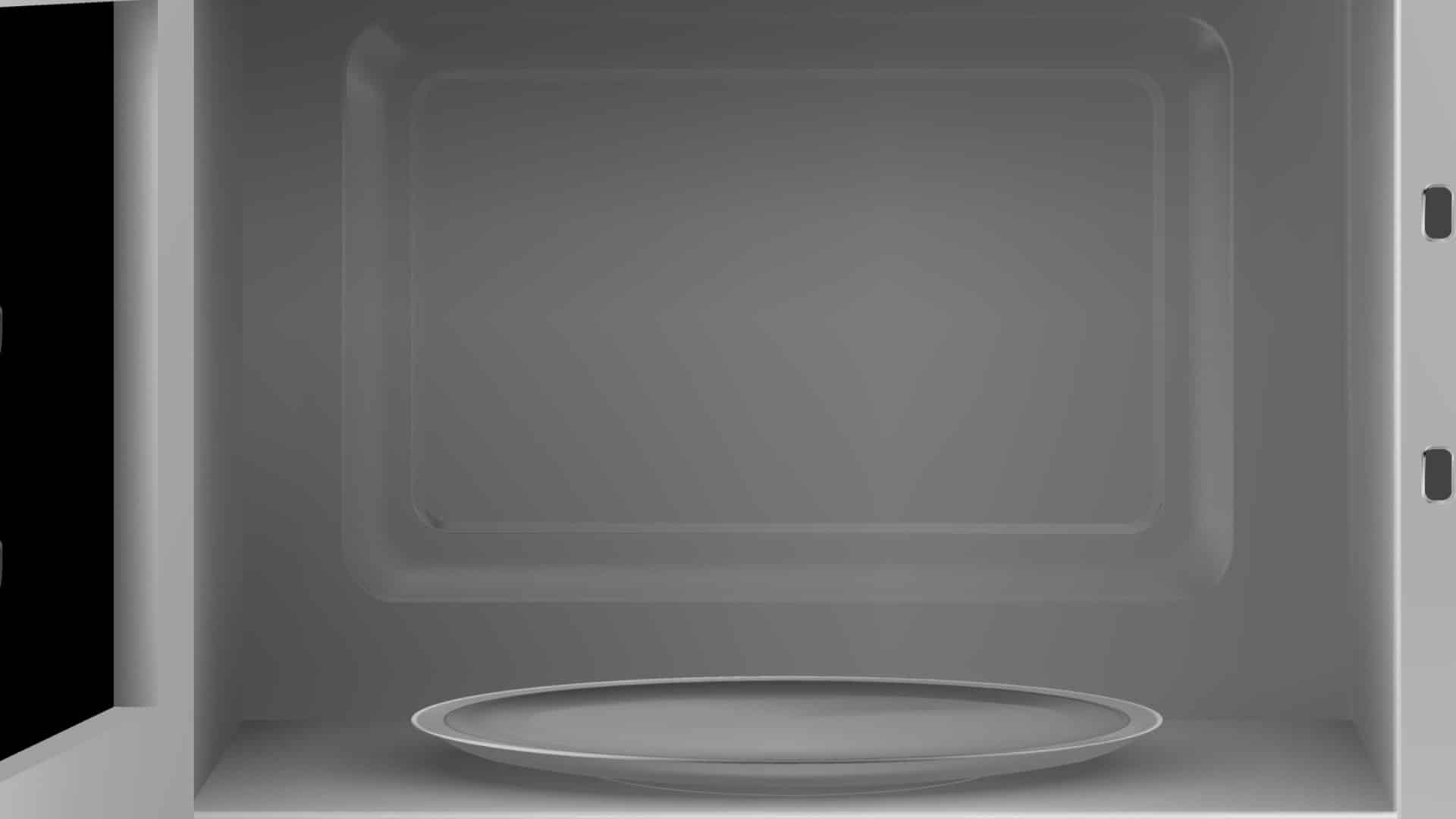
How to Fix a Microwave Door That Is Loose or Broken

How to Clean a Smelly Refrigerator Quickly
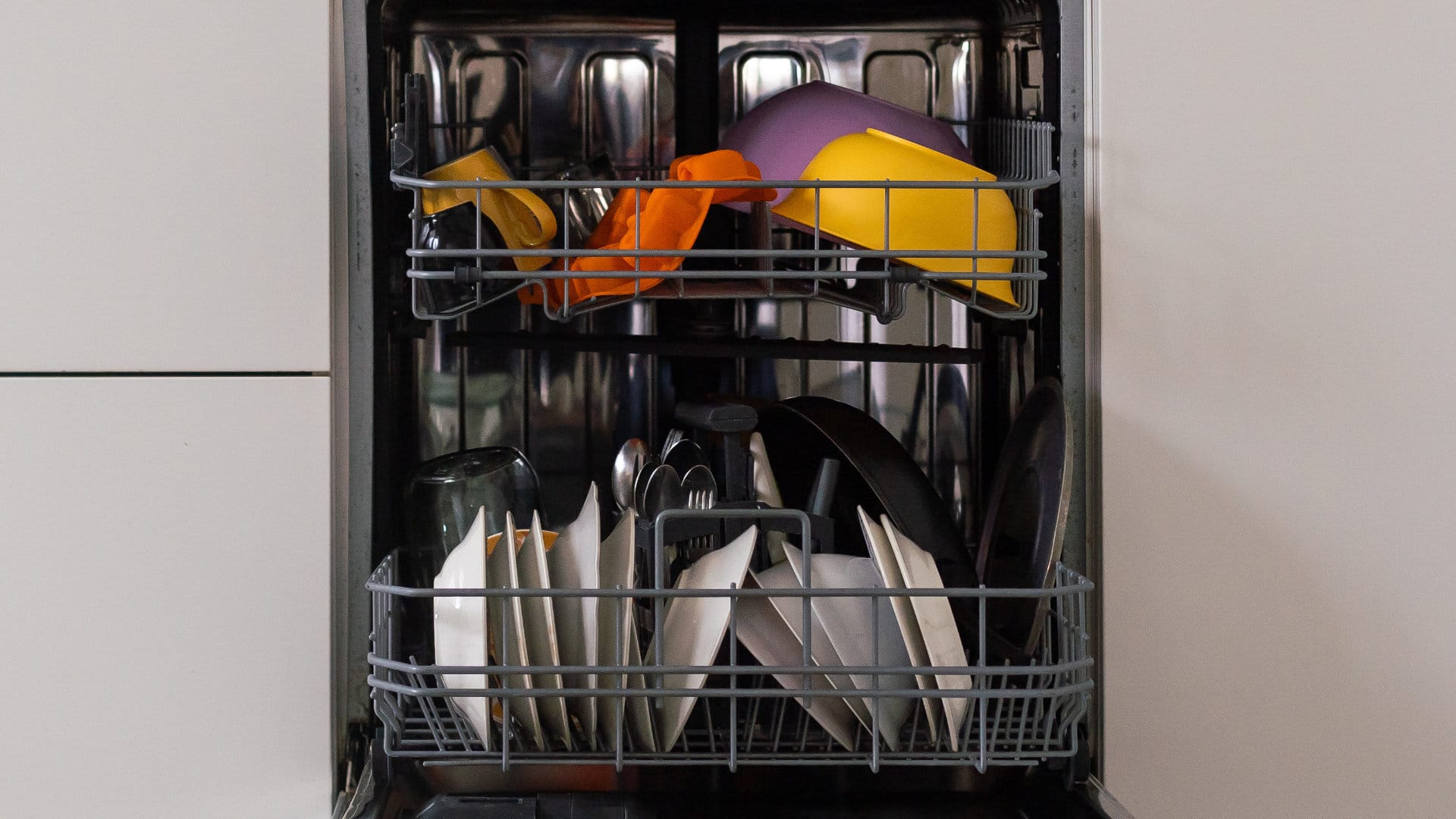
Troubleshooting LG Dishwasher OE Error Code: Causes and Solutions
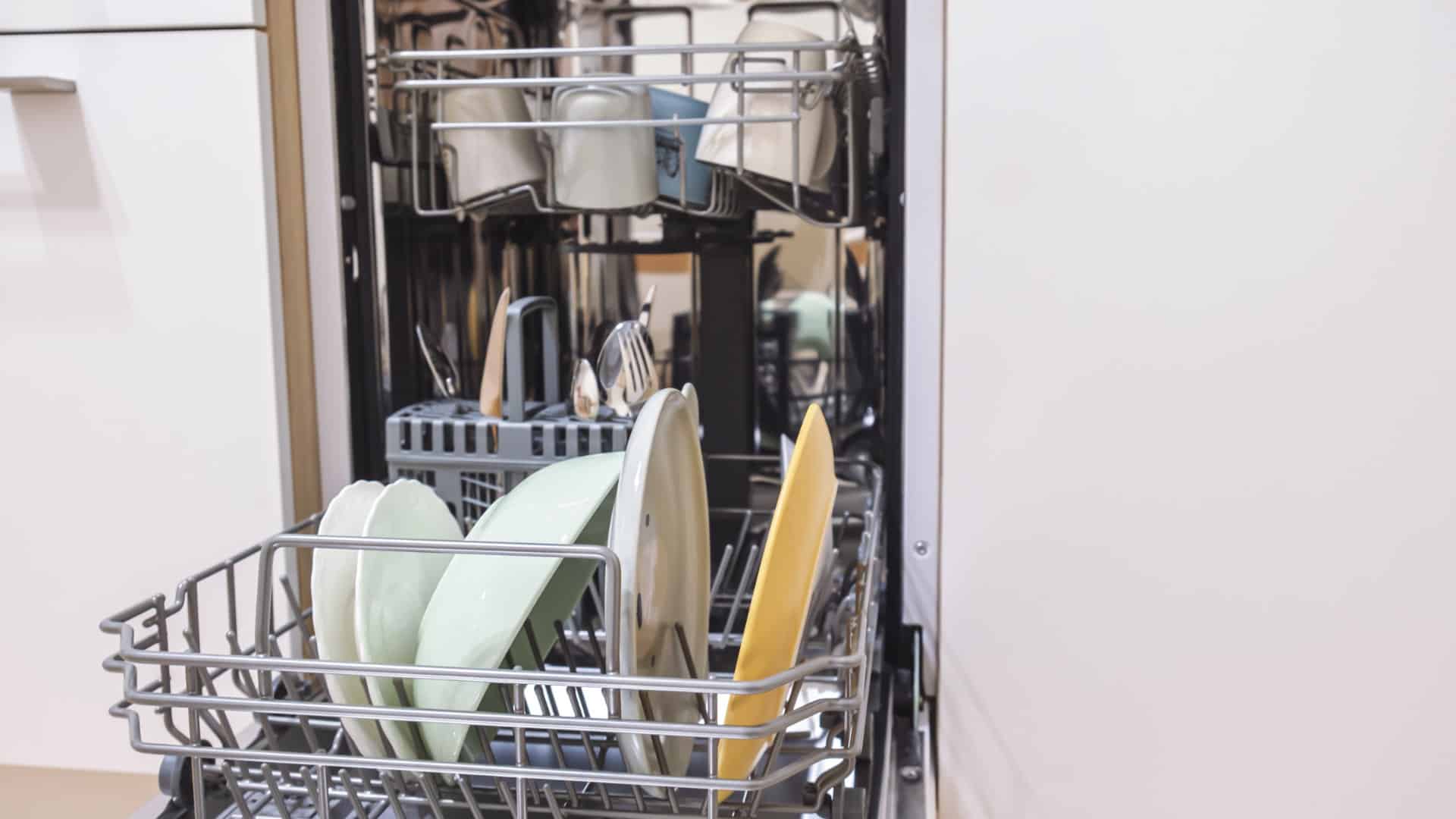
How to Fix an Amana Dishwasher Not Drying
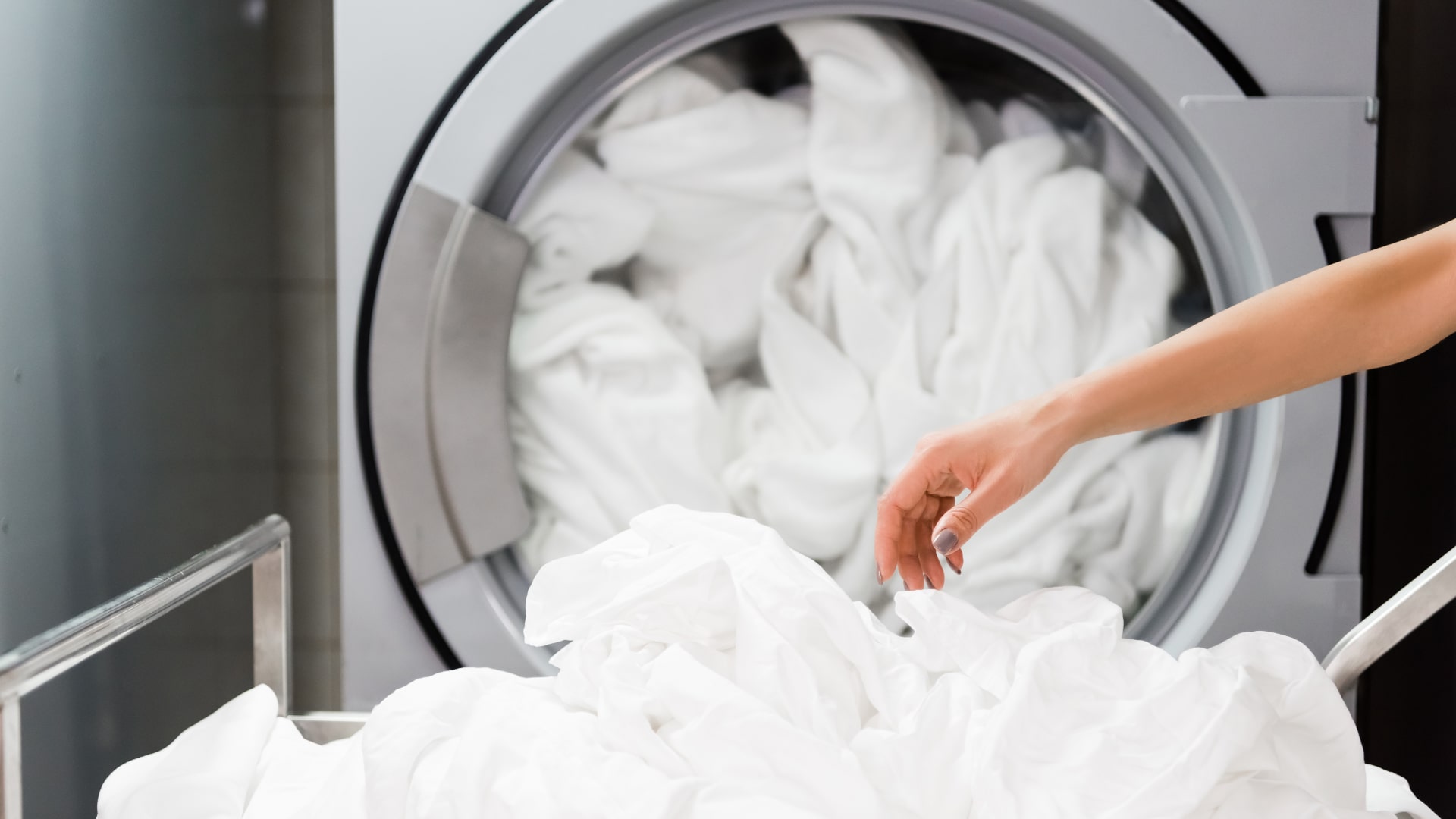
How to Dry Bedsheets in the Dryer
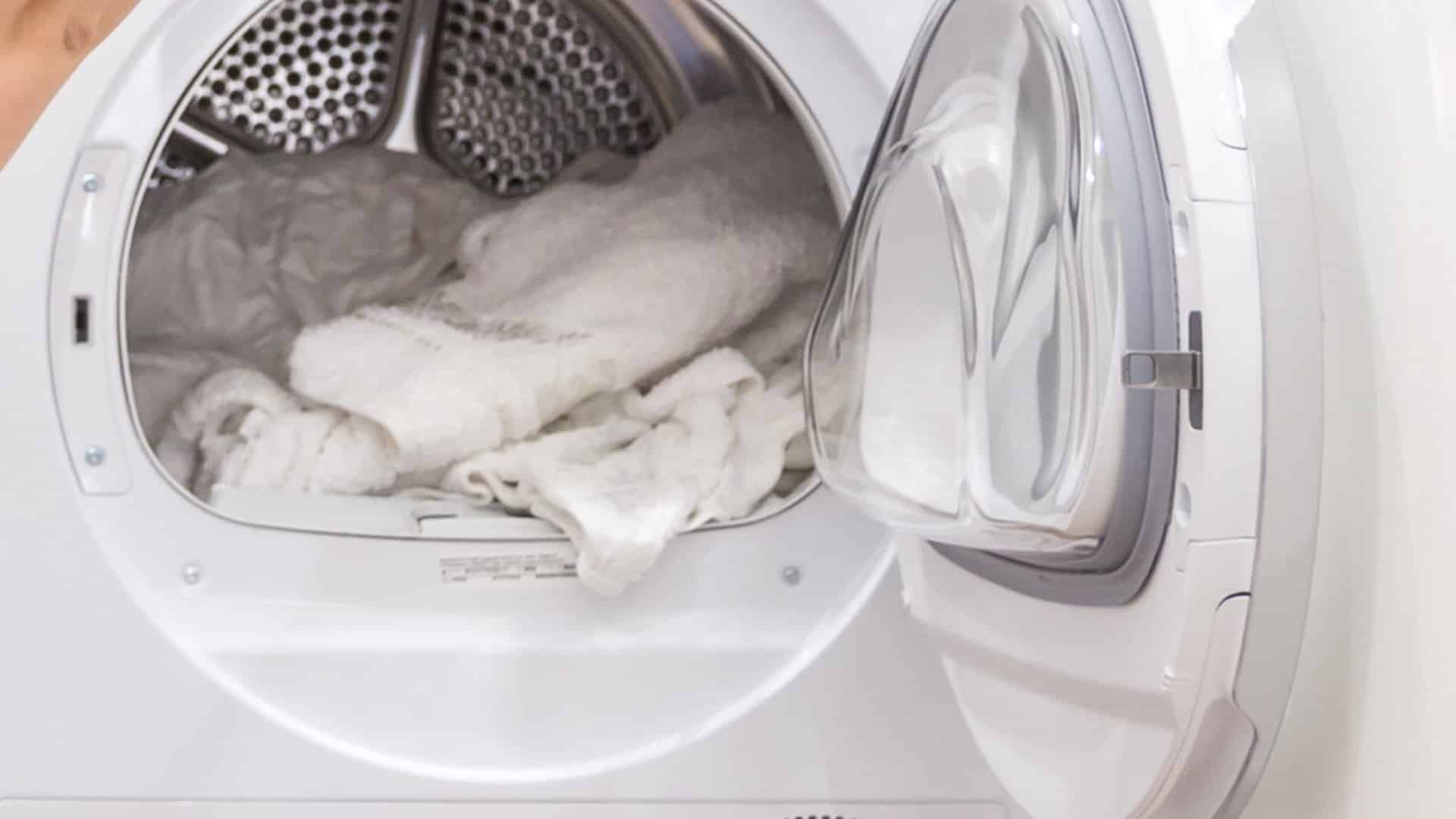
Dryer Won’t Start? Common Reasons And Solutions
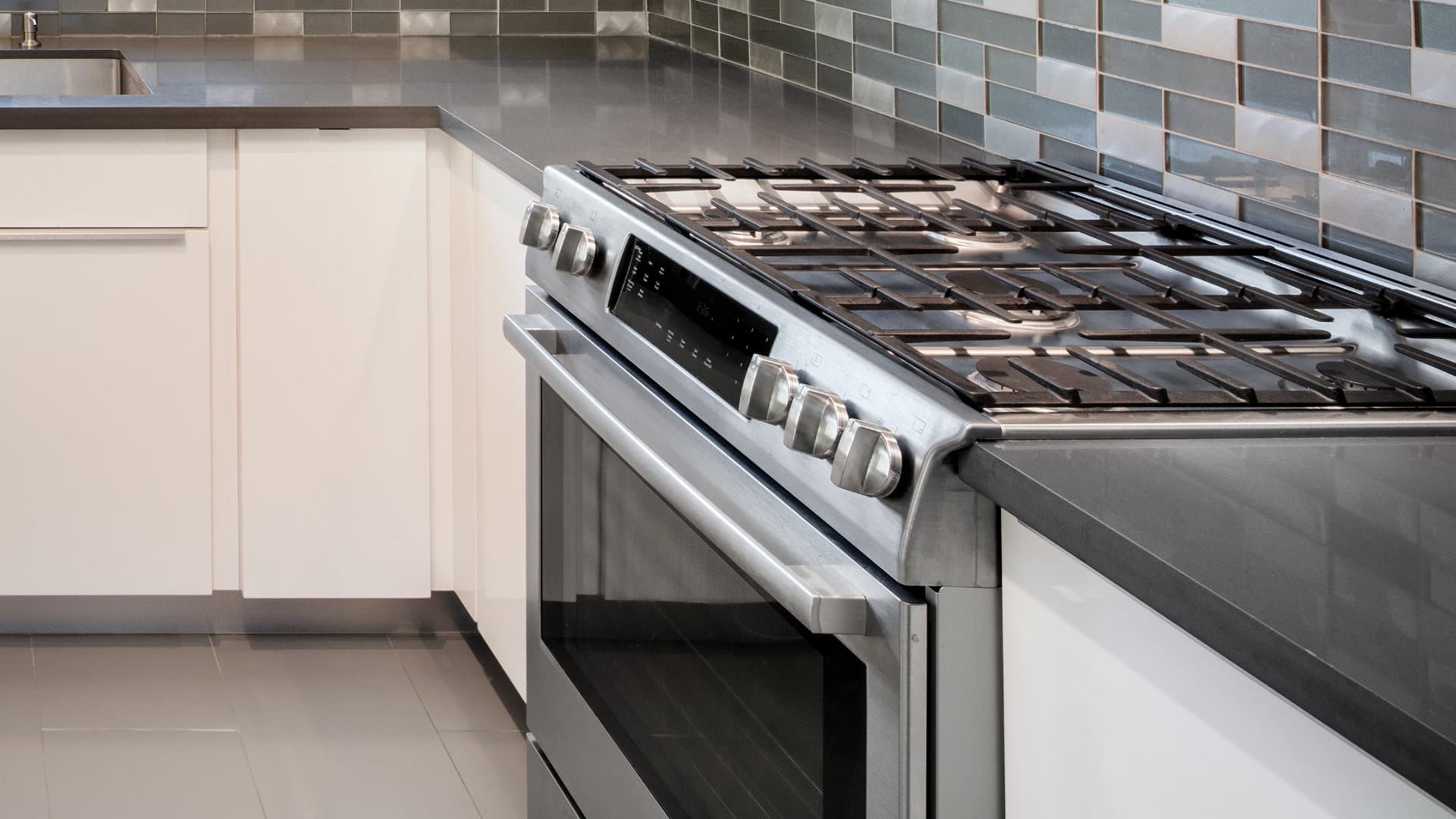
5 Dangers of Self-Cleaning Ovens

How to Replace a Washing Machine Faucet
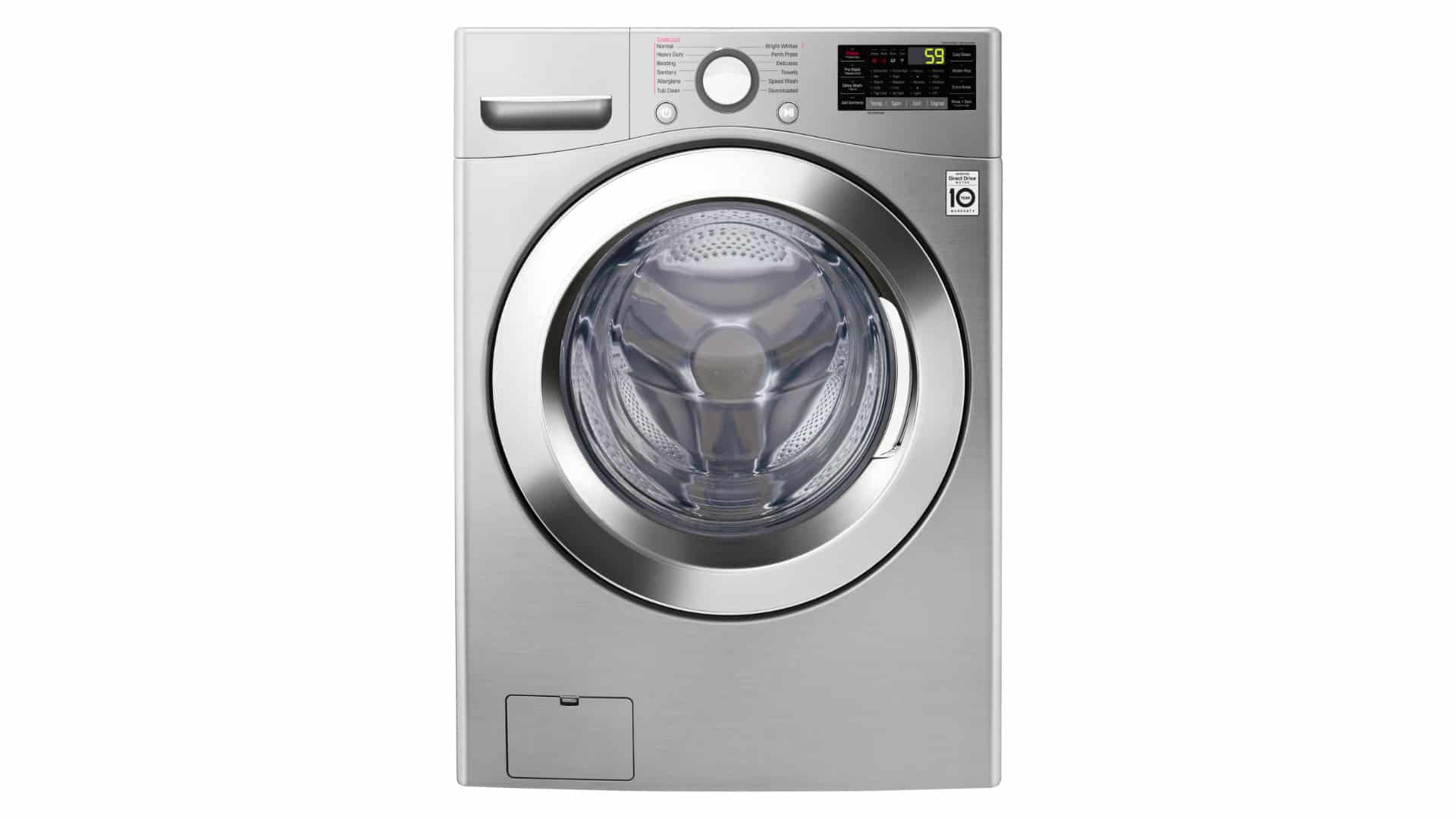
LG Washer Error Code UE Explained
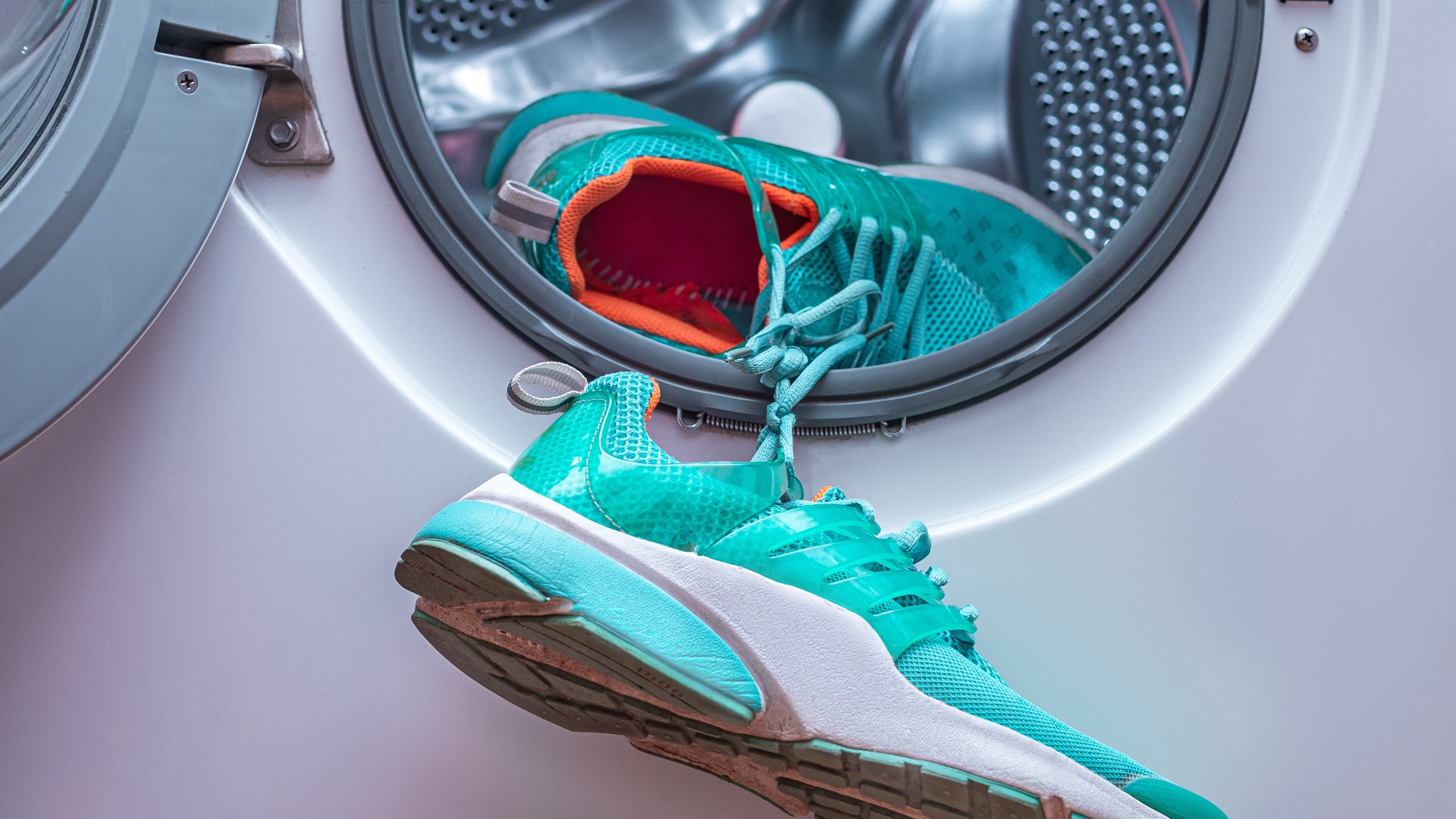
How To Wash Shoes in The Washing Machine
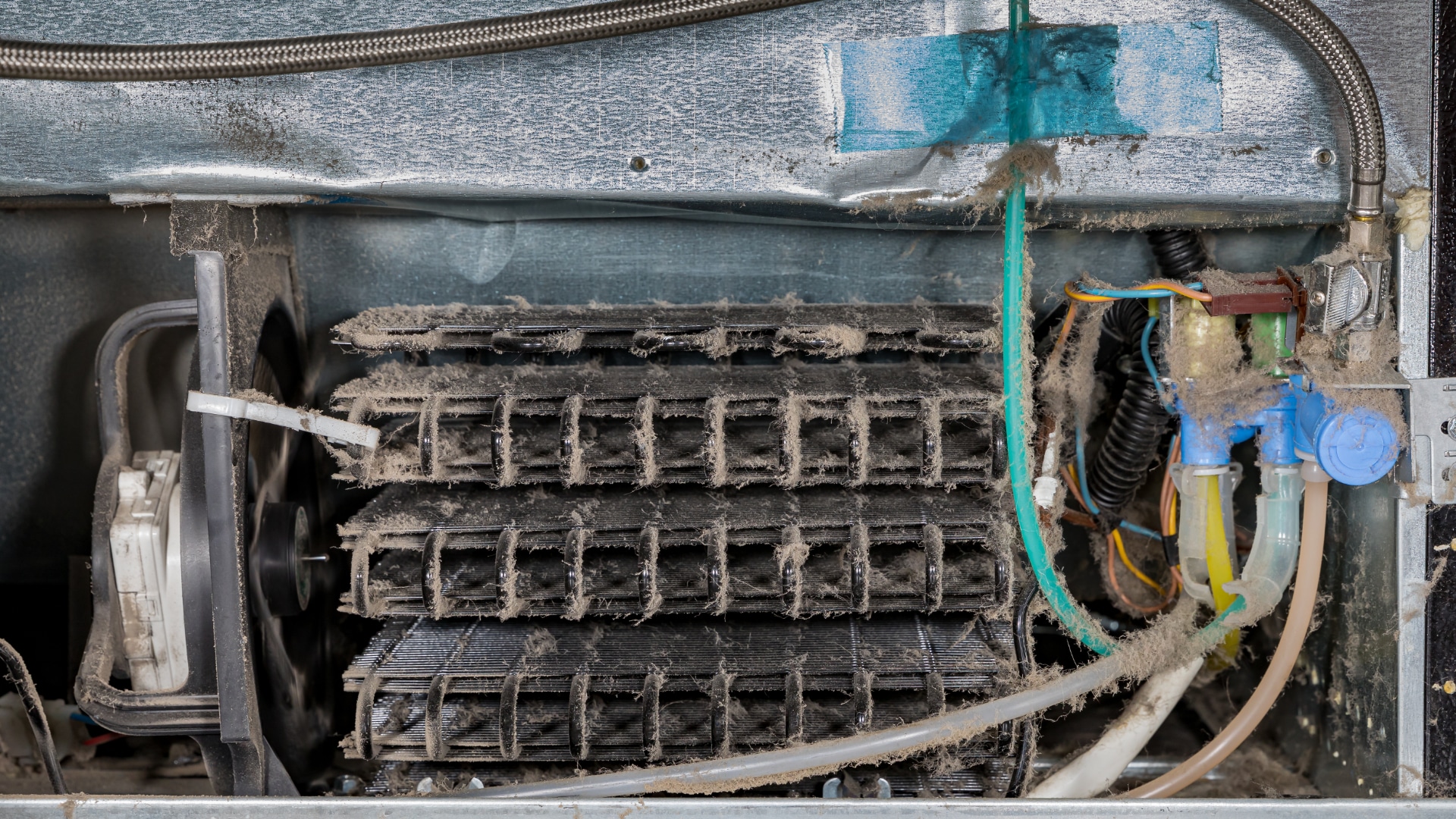
How To Clean Refrigerator Coils

LG Ice Maker Tray Not Turning? How To Fix It
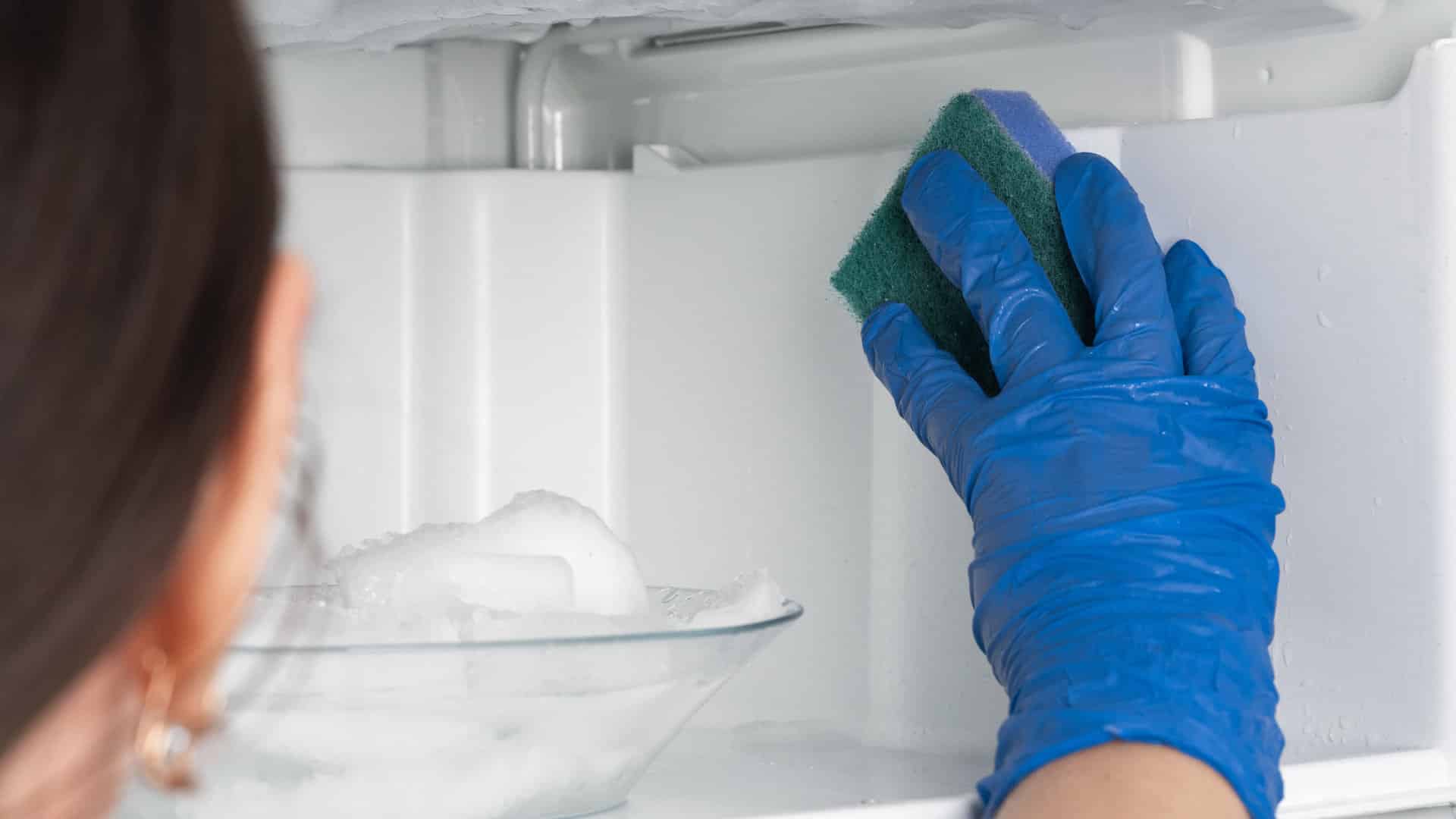
How To Clean a Freezer (in 5 Steps)
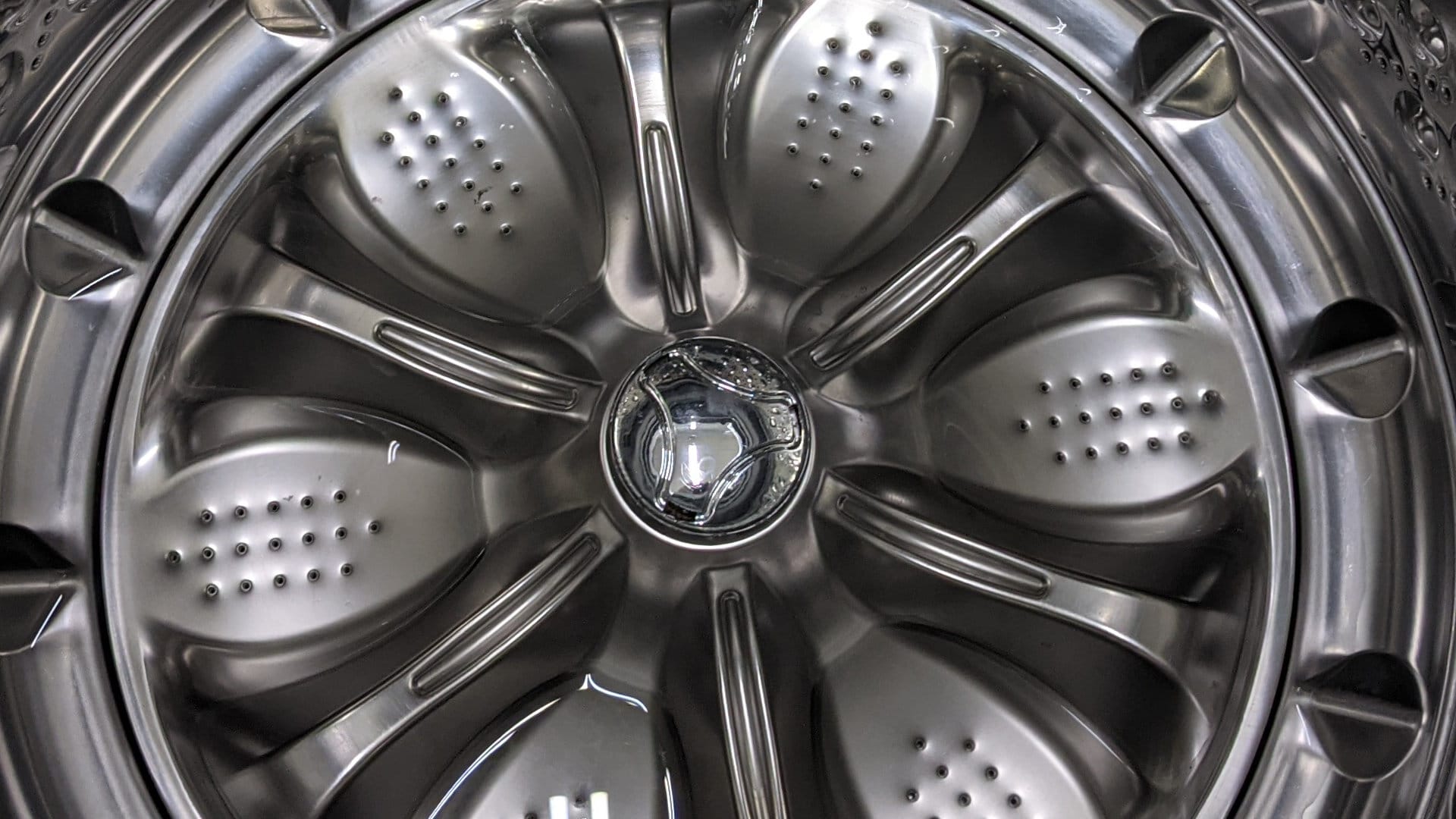
Samsung Washer Error Code SC: How To Fix It
